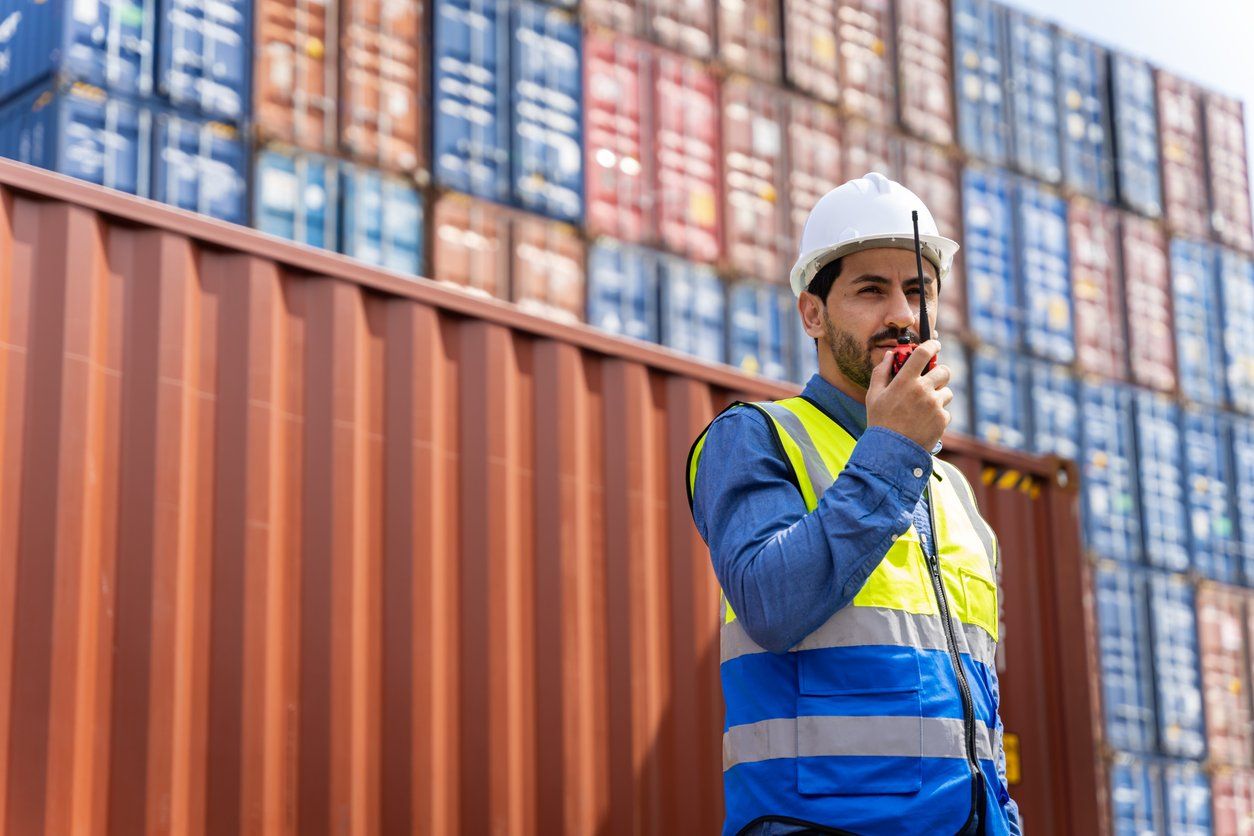
Choosing a freight forwarder is a crucial decision for the success of a company’s logistics operations. A reliable freight forwarder is responsible for coordinating the entire process of transporting goods, ensuring that they are delivered efficiently and safely.
In this article, we will explore the key tips you should consider when selecting a freight forwarder in order to avoid problems and ensure a successful partnership.
1. Reputation and Experience
Before making a decision, it is essential to investigate the freight forwarder’s reputation in the market. You want to ensure that they not only have a solid foundation in the industry, but that they are also known for their reliability.
2. Licenses and Certifications
First and foremost, check whether the freight forwarder has all the licenses and certifications to operate within the law. If you are dealing with international operations, it is vital that they have the appropriate authorizations.
A properly licensed company is not only likely to comply with standards and regulations, but also ensures a safer and more compliant operation.
3. Reviews and References
Look for reviews and references about the freight forwarder, especially from other clients. Expert websites, social media or even personal contacts can be valuable sources. Understanding their past experiences will give you a clearer picture of the quality and efficiency of the services they offer.
4. Cargo Management Capabilities
A competent freight forwarder should not only handle different types of cargo, regardless of their size or complexity, but should also have experience with goods like yours.
Make sure they have the resources necessary to ensure that your cargo is handled with care throughout the logistics chain.
5. Geographic Coverage
Make sure the freight forwarder covers the geographic areas you need. If your operations are international, they should ideally have partners and representatives in the target countries, making logistics and communication more agile and efficient.
6. Technology and Tracking
It is vital to track the status of your cargo to ensure that everything is going as planned. An up-to-date freight forwarder should provide tracking systems and technologies that allow you to view the situation in real time.
This approach not only ensures transparency in operations, but also provides an extra dose of peace of mind.
7. Flexibility and Personalized Service
Each load has its own particularities and specific demands. Therefore, it is crucial that the freight forwarder is adaptable to your needs. Tailored service not only ensures that your expectations are met, but also ensures the ideal handling of your cargo.
8. Cargo Insurance
Transporting goods is not without risks. Therefore, it is crucial that the freight forwarder has adequate insurance options. Make sure that the insurance fully covers the value of your cargo and is appropriate for the type of goods you are moving.
9. Financial Capacity
The financial solidity of a freight forwarder generally indicates greater commitment and consistency in services. Before closing any deal, it is prudent to assess the company's financial health, thus avoiding any surprises in the future.
Conclusion
Choosing a reliable freight forwarder is a fundamental step for the success of any company's logistics operations. Reputation, experience, licenses, geographic coverage and cargo management capacity are some of the crucial factors that must be considered.
In addition, personalized service, tracking technology, adequate insurance and the company's financial stability are aspects that add security to the partnership.
By following the main tips mentioned in this text, you will be better prepared to make an informed decision and choose a freight forwarder that meets your specific needs.
A well-chosen partnership can make all the difference in the efficiency, safety and success of your logistics operations. Therefore, invest time and resources in researching and selecting the ideal freight forwarder for your company.
In addition, it is essential that the freight forwarder has a recognized NVOCC as its strategic partner. Check out our article on the role of an NVOCC.
Continue a navegar no blog da Allink

Mantenha-se informado sobre o comércio exterior
Assine nossa newsletter e receba atualizações semanais de forma gratuita sobre o mundo da logística.




